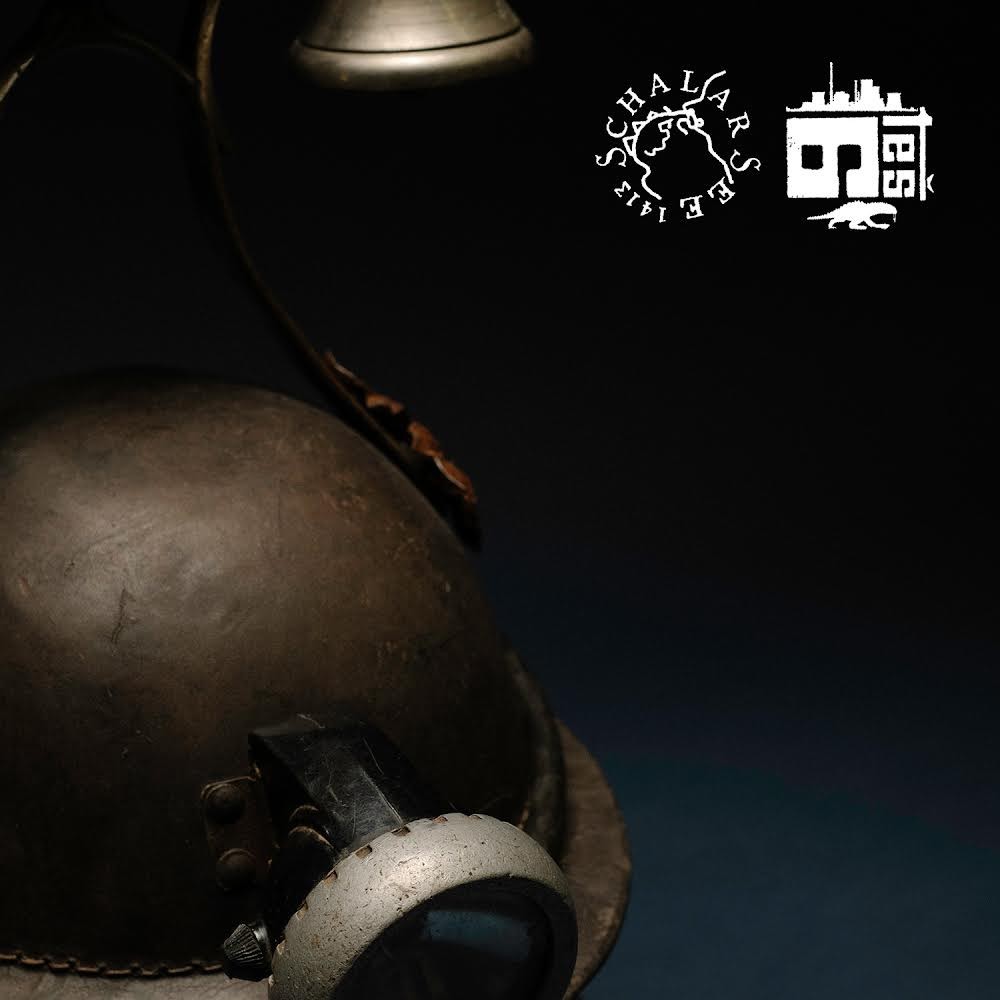
-
When
15. 11. - 10. 12. 2023 (9:00 - 20:00)
-
Location
Srečišče gallery
-
Tickets
Free entry
In an episode from the film Bells from the Deep by celebrated documentary director Werner Herzog, we are confronted with an extraordinary scene: fervent believers walk across the frozen surface of Lake Svetloyar in central Russia and hold their ears against the cold ice in order to hear the healing bells of the mystical sunken city of Kitezh.
Herzog himself later admitted that the scene was pure fabrication: there were no believers on the lake, so he borrowed two slightly tipsy men from the nearby town and paid them to lie on the ice. “I believe that scene illustrates the Russian fate and soul better than any other”, Herzog claims, and even though we could label it as a lie, the scene really does reveal a deep, more poetic truth.
The project Schalar See 1413 has been developed by artist Klemen Zupanc since 2018, when he came up with the initial concept: an urban legend about a giant mythological six-legged water monster that fed on lignite and cellulose (especially that in banknotes) and with his extraordinary appetite created three sinkholes in the Šalek Valley in Northeastern Slovenia. The idea of a monster that takes on the role of a scapegoat for a corrupt energy and environmental abomination, but instead becomes the pride of the nation and a local mascot, has flourished and expanded from its beginnings, and the story of the Schalar has been cocreated by numerous collaborators and co-authors to date. In the form of numerous interrelated works and artefacts, the project is today most frequently manifested in exhibition form as the Musée de Schalar, a key research and archive institution for researching the Schalar and the sink-holed Šalek Valley, bringing together episodes, legends and stories that narrate and connect meticulously created quasi-historical objects and museum pieces. The attention to detail that Zupanc has introduced into the work in a desire to create a complete illusion is extraordinary: in some iterations of the installation it was even possible to enter the fictious museum through a museum office and, using a real telephone, to call the number of the police or the French company that was the main supplier of equipment for the TEŠ power station in Šoštanj. The Schalar dossiers look like convincing, terrifyingly real, processed historical photographs and fake early Renaissance copperplates, creating the profound impression of a parallel world that constantly inhibits the border of the believable.
In the present installation in the Srečišče Gallery of Hostel Celica, we encounter a touring extension of the museum, a kind of cabinet of wonders or Wunderkammer, where, in a relatively compact exhibition space, we find numerous artefacts from the Musée de Schalar. A new addition to the museum is represented by the recently discovered diaries of the museum’s founder, Dr Medič, a genuine former resident of Šoštanj who witnessed the first contacts with the mythical Schalar and decided to establish the museum. In a somewhat sarcastic manner, the second part of the presentation is a museum souvenir shop at which visitors can buy lighters, cups and T-shirts with motives of objects from the museum collection. The exhibition has also given rise to the newspaper The Schalar Bell, which is both an artistic artefact and a catalogue.
In his project Schalar See 1413, Klemen Zupanc addresses the edge along which art can walk in order to express reality through fiction. Like Herzog, he conveys his message by borrowing the language of the common truth, describing a common reality, but in so doing somehow turns it back it on itself and subverts it. Schalar is a legend, a mascot, a myth, but like all myths it has certain points of contact with reality and actual historical events. This, they say, is one of the characteristics of satire, and Zupanc’s work can undoubtedly be labelled as satirical and explicitly sociocritical. Beneath it all – at least this is what is suggested by the deep immersion experience of the imaginary world of the Schalar – a subtler, more poetic truth is also hidden; namely, that everything could have happened differently. In this sense, Schalar See 1413 opens the space for an alternative, and thus also for real resistance.
__
Klemen Zupanc (1989) graduated in painting from the Ljubljana Academy of Fine Arts and Design. During his studies, he received the Student Prešeren Prize (2013). He has presented his work at numerous solo and group exhibitions in Slovenia and abroad. Among his solo exhibitions are those at the P74 Centre and Gallery in Ljubljana (2013), the Celje Art Gallery (2015) and the DDT Gallery in Trbovlje (2019). The group exhibitions in which he has participated include Prints and Impressions at the Ljubljana International Centre of Graphic Arts (2012), Visual Art in the Šalek and Upper Savinja Valleys from 1975 to 2015 at the Velenje Gallery (2015), and Triglav after Triglav at the Metelkova Museum of Contemporary Art in Ljubljana (2018). His works are also included in several collections, including the collection of MG+MSUM in Ljubljana and the collection of the Velenje Gallery. Klemen Zupanc lives and creates in Ljubljana.
Curator: Ajda Bračič
The exhibition has been prepared in cooperation with the Ljubljana Fine Artists Society.

